How Jane Goodall inspired L.A.’s bat man
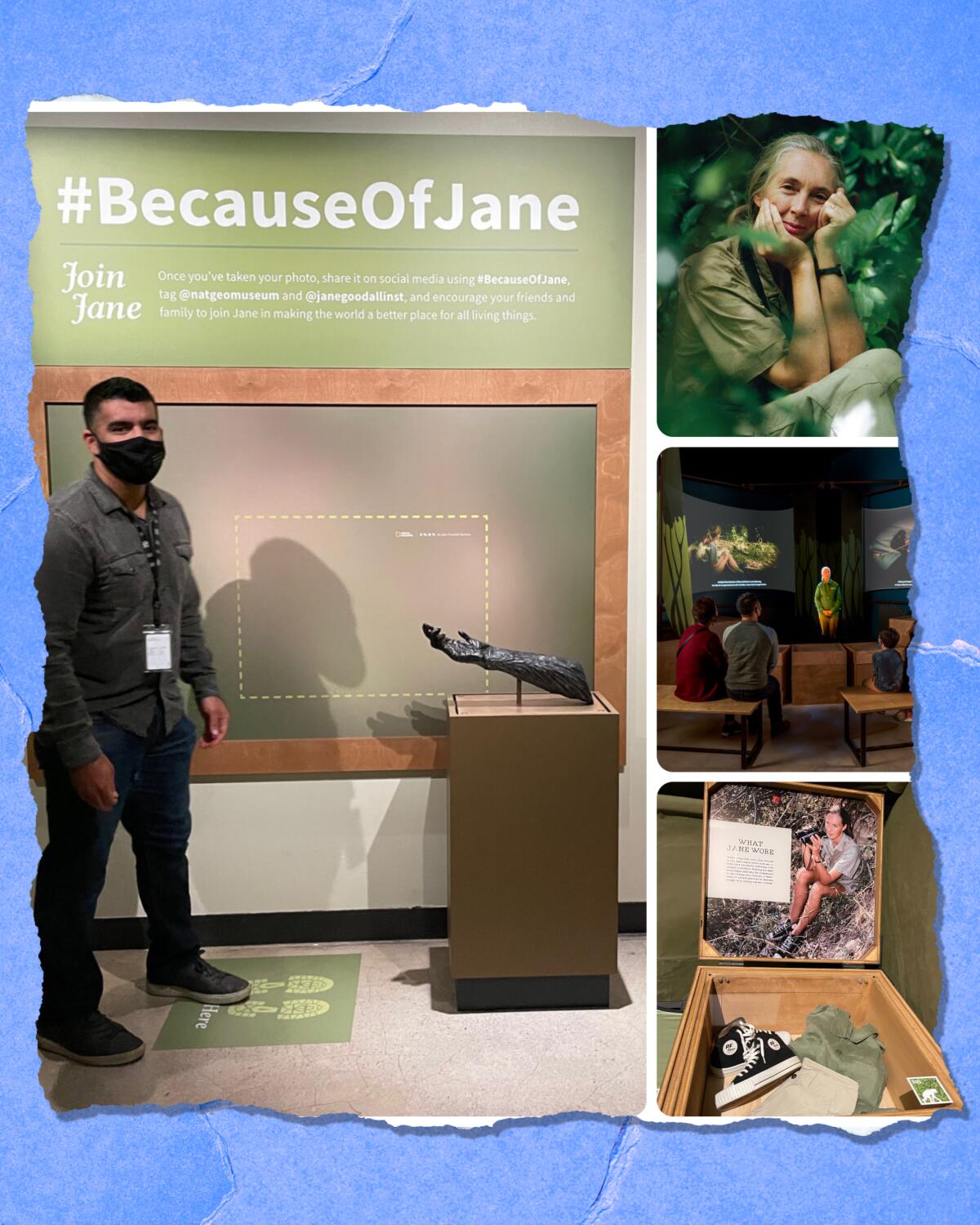
- Share via
Miguel Ordeñana grew up near Griffith Park with an unexplainable passion for wildlife and few adults in his life to nurture that interest. The Natural History Museum of L.A. County wildlife biologist, known for an urban bat survey he oversees, described feeling alone with his interest in nature. Enter Jane Goodall, an international activist who conducted chimpanzee research in Tanzania, thousands of miles away.
Their lives couldn’t be more different, but he saw similarities: Goodall had a very supportive mom, as did Ordeñana. Goodall didn’t come from a family of biologists; neither did Ordeñana. Goodall, through her meticulous research, broke into what had been a traditionally male scientific world. “That gave me a bit of a lift, a little bit of hope that even though I’m a Latino male — I’m not a white British woman — overcoming barriers is possible,” he said.
Our conversation took place during a tour of the recently opened “Becoming Jane” exhibition at the Natural History Museum. The show details her story down to the PF Flyers and khakis she wore and the type of tent she slept in, using photos, artifacts and a convincing hologram of Goodall talking about her continuing work to protect the planet.
At the end of the tour, Ordeñana, 39, was careful to point to women who came after Goodall — maybe inspired by her or maybe motivated by what was going on in their own countries. Women like Berta Cáceres, who worked to stop one of Honduras’ biggest dam projects, which would have deprived the Lenca people of the rights to their own land. Her efforts prevailed, but she was gunned down in her home in 2016.
Women like members of the armed Akashinga squad who protect elephants and rhinos from poachers in Zimbabwe.
Women like the late Wangari Maathai of Kenya, who won a 2004 Nobel Peace Prize for her role in pushing sustainability by motivating women to plant millions of trees all around Africa.
The story of women breaking barriers in science and the environment may start with someone like Goodall but has moved on. Ordeñana said he hoped the show would inspire people to think about “women activists taking it to the next level in the Amazon, Central America and Africa, risking their lives to protect Indigenous communities and protect biodiversity.”
“Becoming Jane: The Evolution of Dr. Jane Goodall” is a multimedia show organized by National Geographic and the Jane Goodall Institute. It continues through April 17. Tickets for adults cost $24 and include general museum admission. More info here.
Check out the community-based Backyard Bats Survey led by Miguel Ordeñana and learn how you can participate.
5 things to do this week

1. Join a hike and toy drive in Griffith Park. Here’s an event perfect for those who like a workout with their holiday giving. The Holiday Toy Drive Hike in Griffith Park, organized by High Hikers, asks participants to bring an unwrapped toy before taking off on a 6-mile round-trip hike past the Old Zoo and up to Mt. Hollywood. Toys will be donated to Children’s Hospital Los Angeles. The hike starts at 8 a.m. Saturday from the Merry-Go-Round Parking Lot 2 (it’s on Google Maps). Message organizers directly on Instagram for more info.
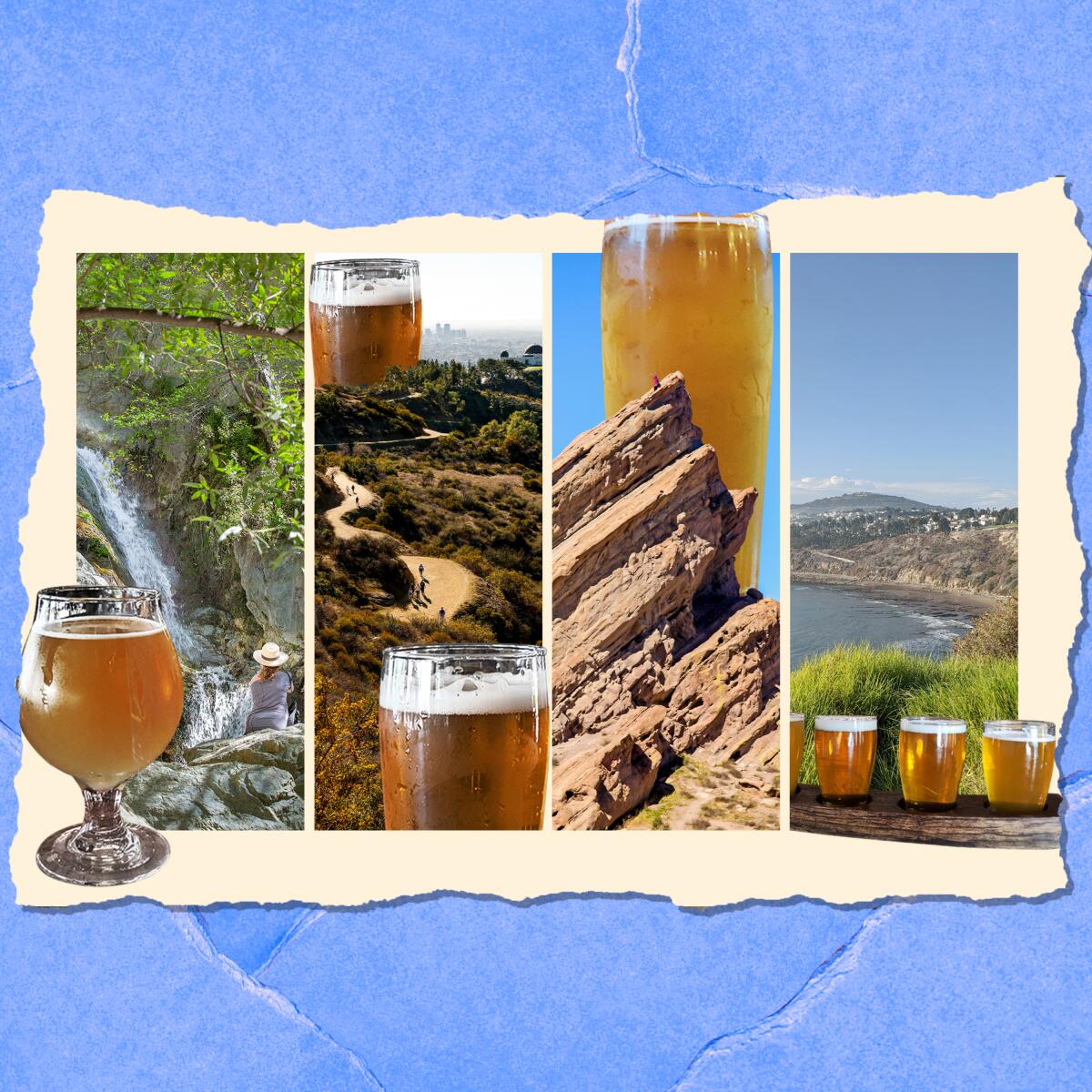
2. Grab a beer — or 30 — on your next L.A. hike. Not long ago, the L.A. Times brought you the right sandwich for 22 different hikes in L.A. Now, we’ve added craft beers (or wine, or mead) to the mix. Outdoors writer Matt Pawlik has selected the perfect ales to go with 30 SoCal trails. OK, the breweries aren’t on the trail, but they are close enough for a post-hike toast.
One example: “Looking for a quick post-work, pre-drinks workout? Head to Eagle Rock Canyon for a 1-mile loop that visits the neighborhood’s dome-shaped landmark named for the ridge that resembles the winged predator. The perch near the top offers soaring views of the downtown L.A. skyline, the rolling hills of Hollywood and Metropolitan Water District open space below. The path is narrow and climbs quickly through chaparral staples, such as sugarbush, scrub oak, sage and the taco-shaped leaves of laurel sumac. Being this close to the Eagle Rock itself is cool, but it’s a tough angle to catch when the shadow makes the eagle indent appear to be in flight. After descending, head to the namesake brewery of the hipster haven — Eagle Rock Brewery — which opened in 2009. Try its classics or rotating offerings, grab some grub from a visiting food truck and enjoy the good vibes. Other nearby options: Relentless Brewing & Spirits, an Eagle Rock transplant from Temecula that specializes in tangy sours. Rock on!”
Got that? Easy hike paired with good brews. Check out all 30 pairings of ales and trails, plus our favorite 50 hikes in L.A.
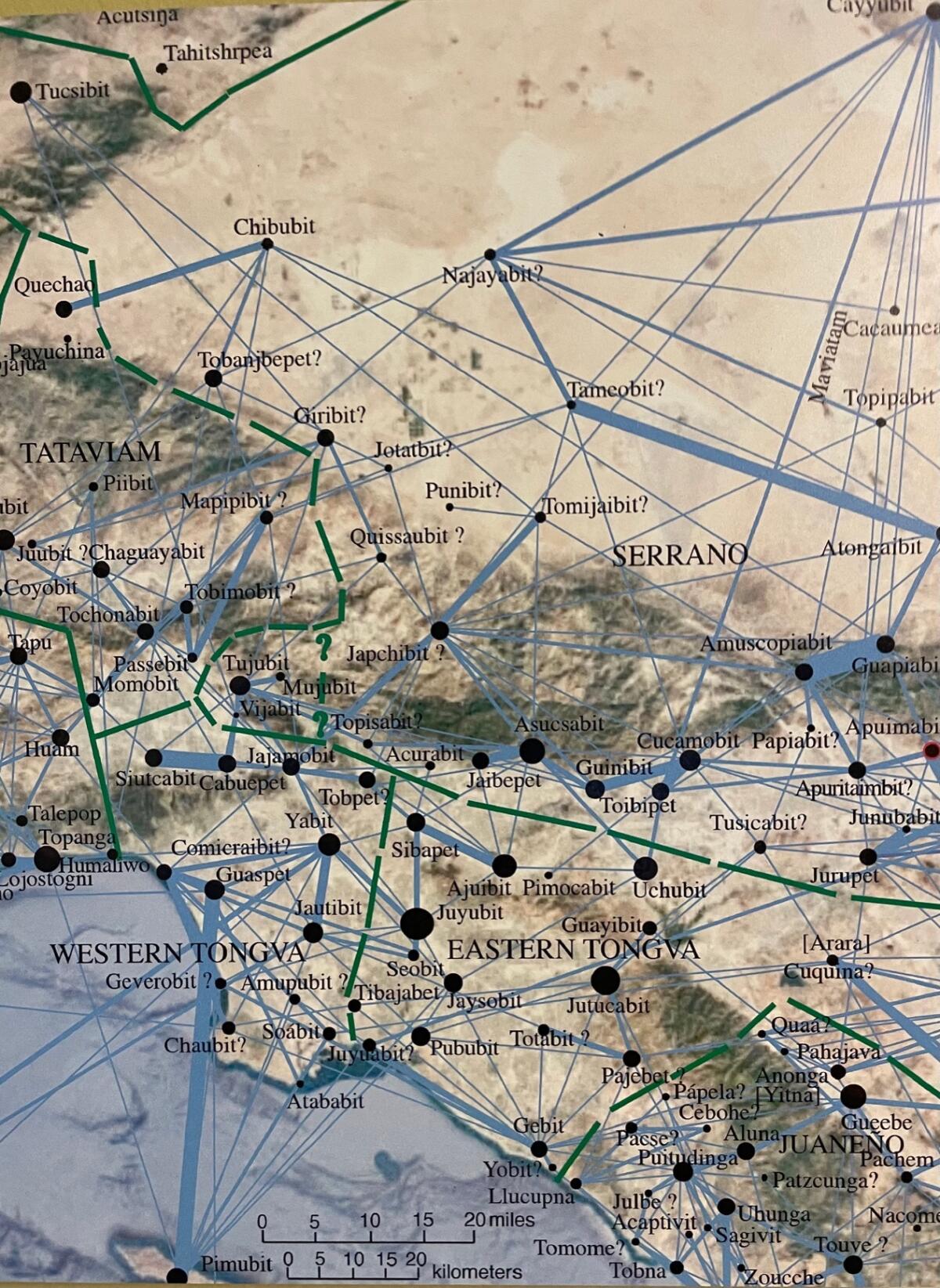
3. The Tongva lived in L.A. long before we did, but what about now? I recently saw an exhibit about L.A.’s Tongva roots at Descanso Gardens in La Cañada Flintridge. First and foremost, the show dispels the notion that Tongva people existed only in ancient times. “Contemporary Tongva still live here and are connected to the land in the same ways that their ancestors were before the Spanish, Mexican and American cultures,” the show’s notes report. “Not every place is available to them, but their connection is real and tangible.” The show also explains the gardens’ own roots, displaying the deed that sold part of the Rancho San Rafael land grant (which included what is now Glendale, Eagle Rock, La Cañada Flintridge and parts of Burbank) to newspaperman Elias Manchester Boddy. It’s an interesting dive into Tongva traditions and beliefs, including a map of villages with “kinship ties” made by archaeologist Chester King. Outside the gallery are plants that Indigenous people used for food and healing. “Full Circle: A Return to the Land” is on display through March 13 at the gardens’ Sturt Haaga Gallery (included with admission). Need more garden inspiration? Check out our picks of the 16 most beautiful and inviting public gardens in SoCal.
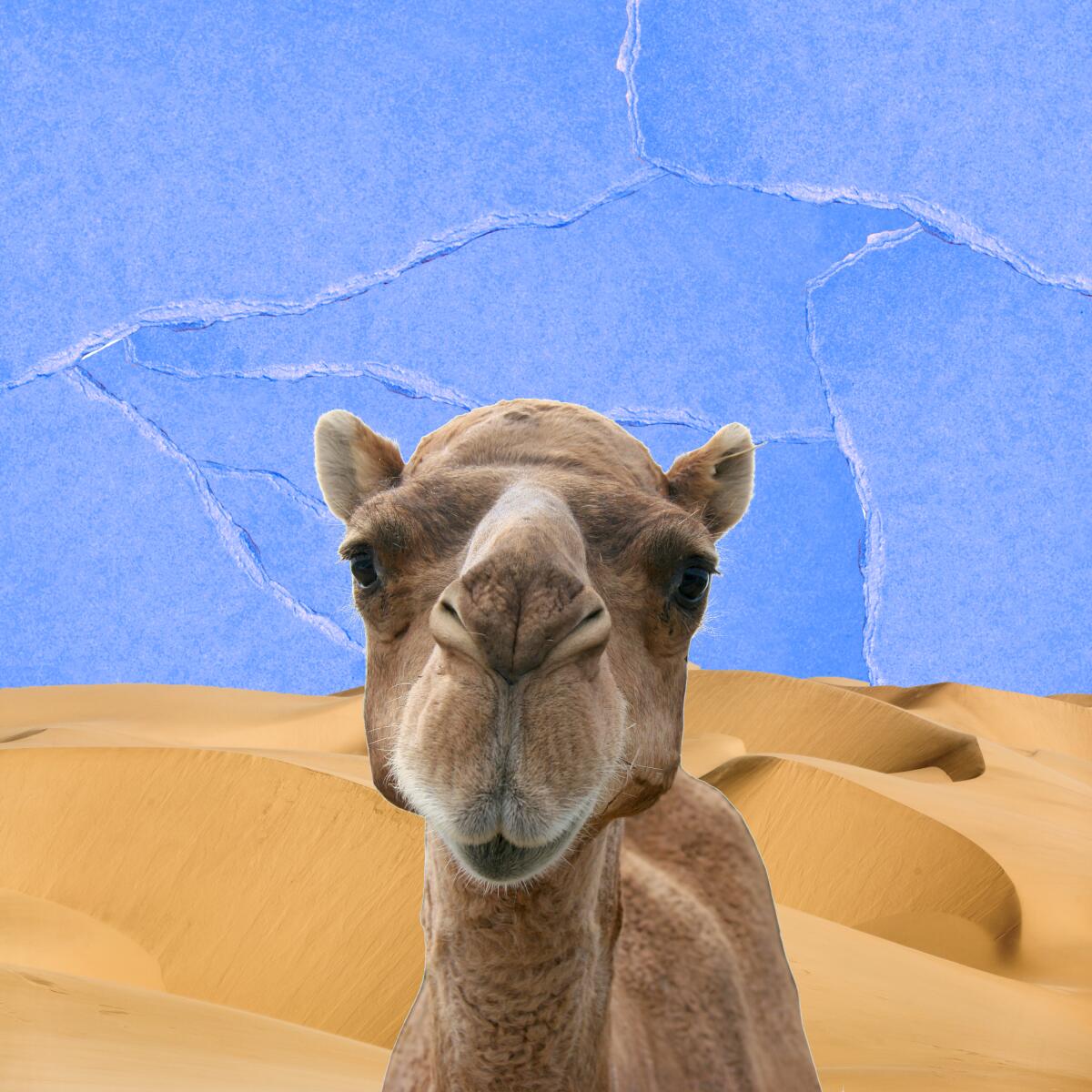
4. About those camels brought to L.A. and surrounding deserts ... Yes, people, there was a California camel corps pressed into service in the lead-up to the Civil War. The idea was to use camels to transport troops and supplies to the rapidly expanding Southwest region of the U.S. And every camel corps needs a driver, right? That’s where Hi Jolly comes in, a historical figure who was key to the “great camel experiment.” Journalist and historian Steve Brown explains the history that stretches from the Middle East to the then-emerging Confederacy and Union at 7 p.m. Dec. 10 at the Old Schoolhouse, 29 Palms Historical Society, 6760 National Park Drive, Twentynine Palms; $5 at the door.
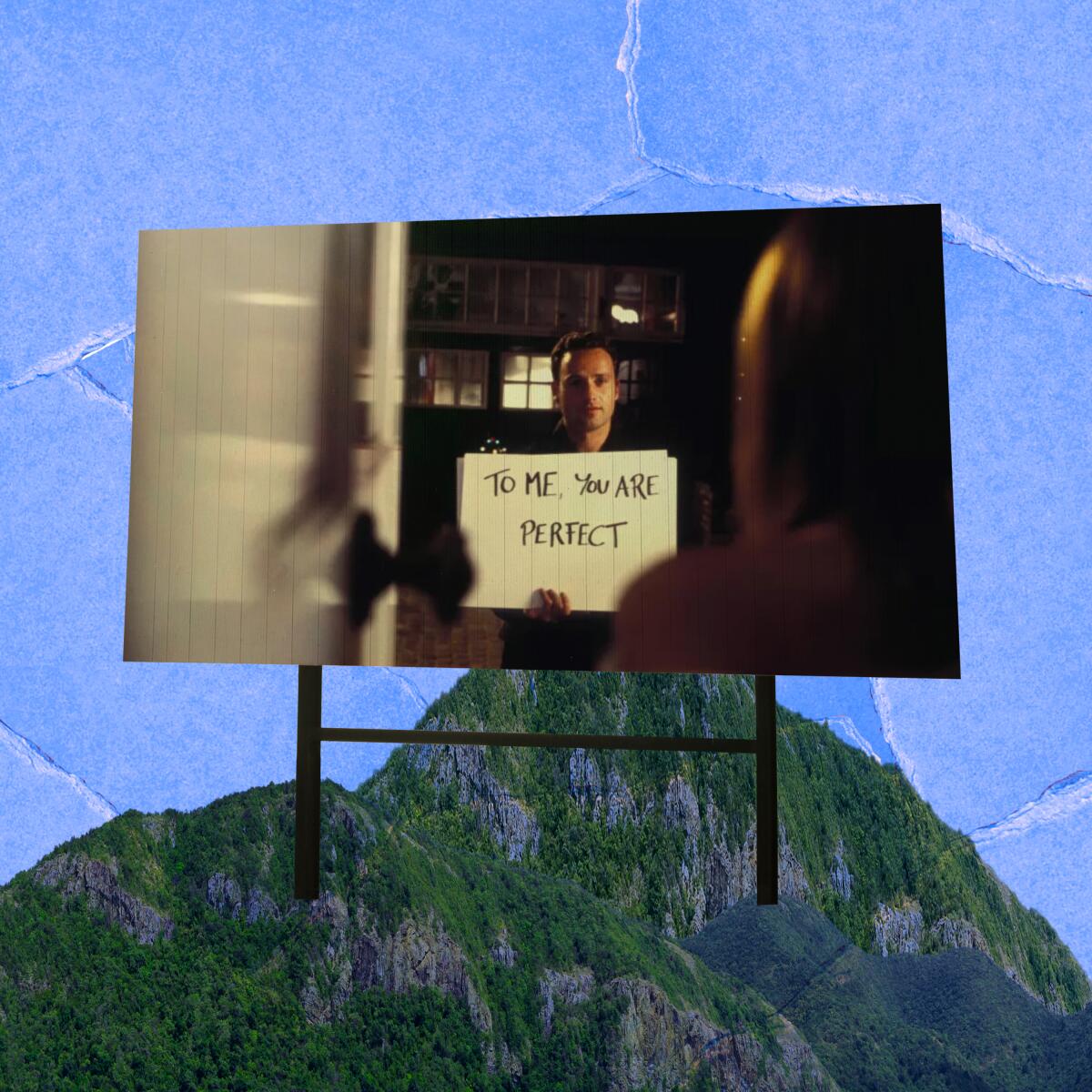
5. Watch “Love Actually” under the stars in the Santa Monica Mountains. If you revel in holiday movies, don’t miss “Love Actually” as it moves from London (where the action is set) to the Santa Monica Mountains for a one-night-only screening Dec. 11. It costs $35 a carload (that means as many people as you like) to watch the film from inside or outside your vehicle. It’s all about raising funds to rebuild Paramount Ranch, the historic movie set that burned in the 2018 Woolsey fire. Gates open at 3:30 p.m., followed by a guided tour at 4 p.m. The film start at 5:15 p.m. More info here.
Wild things
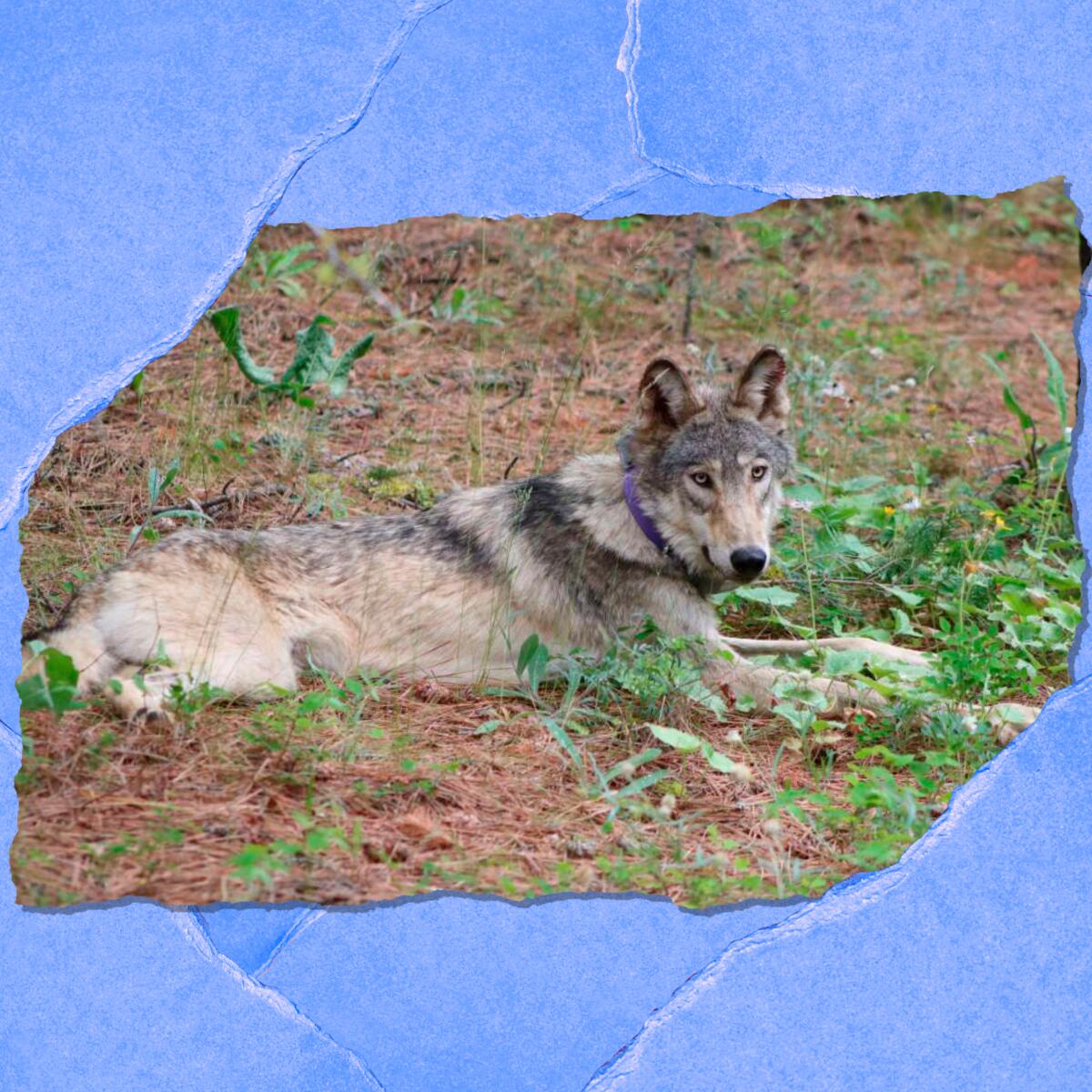
Few recent wildlife stories are sadder than that of OR-93, a gray wolf who ventured from Oregon to Southern California, where his life ended after he was hit and killed near the 5 Freeway. The wolf was born near Mt. Hood and later fitted with a radio collar, which recorded points on his journey south. Times writer Louis Sahagún wrote: “On Jan. 30, he left his pack and headed south, traveling swiftly and leaving a scented trail past Northern California lava beds, over snowy passes in the Sierra Nevada, along the outskirts of Yosemite National Park, and into an agricultural area near Fresno. From there, he headed west toward the Central Coast, successfully crossing the 99, 5 and 101 freeways — three of the most perilous roads in the nation.” The wolf was found dead Nov. 10 near Lebec, about 50 miles north of downtown L.A. There are fewer than two dozen wolves in California, mostly roaming areas of Northern California in Plumas, Lassen and Siskiyou counties. Read the full story here.
The must-read

What’s it like to be a decorated master swimmer at 100 years old? Just ask “Mighty Mo,” who notched the century mark Saturday at the Rose Bowl Aquatics Center in Pasadena. Times staff writer James Rainey writes about Maurine Kornfeld, who spent her birthday in the pool: “Fellow swimmers marvel at the aquatic prowess of a woman who didn’t begin serious swimming until she turned 60. But they’re even more smitten by Mo, the teammate and friend, who acknowledges their lives, hopes and cares.” She competes in world competitions, and will be swimming into her second century at pools in Glendale, Sherman Oaks and Pasadena. Check out photos of Maurine and what motivates her in this story.
P.S.

Some hikes end in a day; others take longer — like 23 years. Times writer Ben Poston describes what it’s like to hike the Appalachian Trail, which runs 2,200 miles from Georgia to Maine, with his father over more than two decades. “In our 23 years on the AT, as it’s known, our lives were ever-changing, but the trail always offered us familiar peace from the outside world — a walking meditation through the quiet forest shared with each other and the countless hikers we met,” Ben writes. But there was a deeper meaning in the footsteps too: Both struggled with alcohol dependence and viewed the trail as a triumph of their commitment to sobriety. Follow Ben and his dad on the trail as they finish their epic adventure.
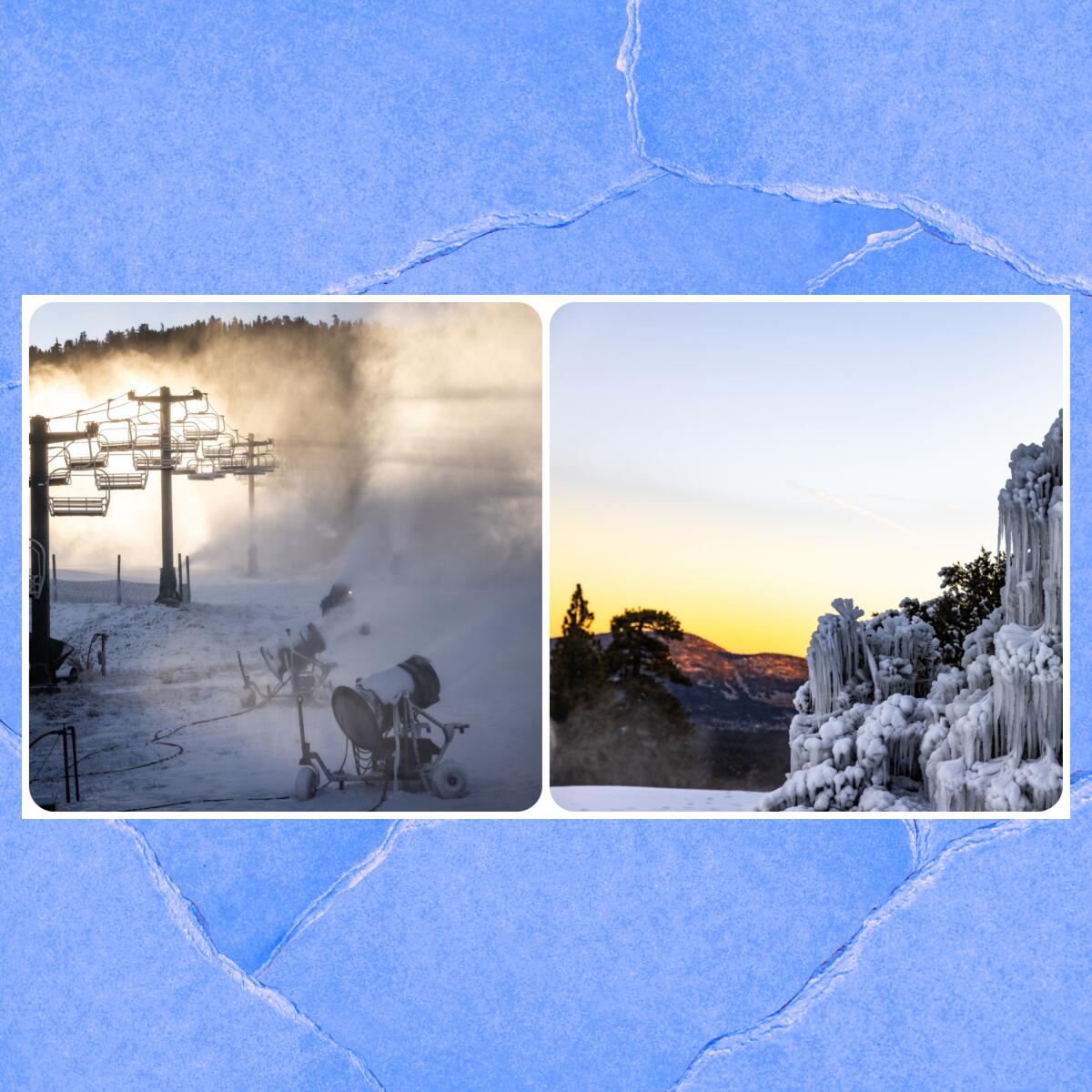
In other news, Big Bear Mountain Resort in Big Bear Lake plans to open to pass holders Thursday and to the general public on Friday. Snowmaking has begun, enough to open Chairs 9 and 7 on Bear Mountain and Chairs 1 and 8 at Snow Summit. Online single-day tickets in December start at $79. Check out lift ticket prices here.
Send us your thoughts
Share anything that’s on your mind. The Wild is written for you and delivered to your inbox for free. Drop us a line at TheWild@latimes.com.
Click to view the web version of this newsletter and share it with others, and sign up to have it sent weekly to your inbox. I’m Mary Forgione, and I write The Wild. I’ve been exploring trails and open spaces in Southern California for four decades.

Sign up for The Wild
We’ll help you find the best places to hike, bike and run, as well as the perfect silent spots for meditation and yoga.
You may occasionally receive promotional content from the Los Angeles Times.




